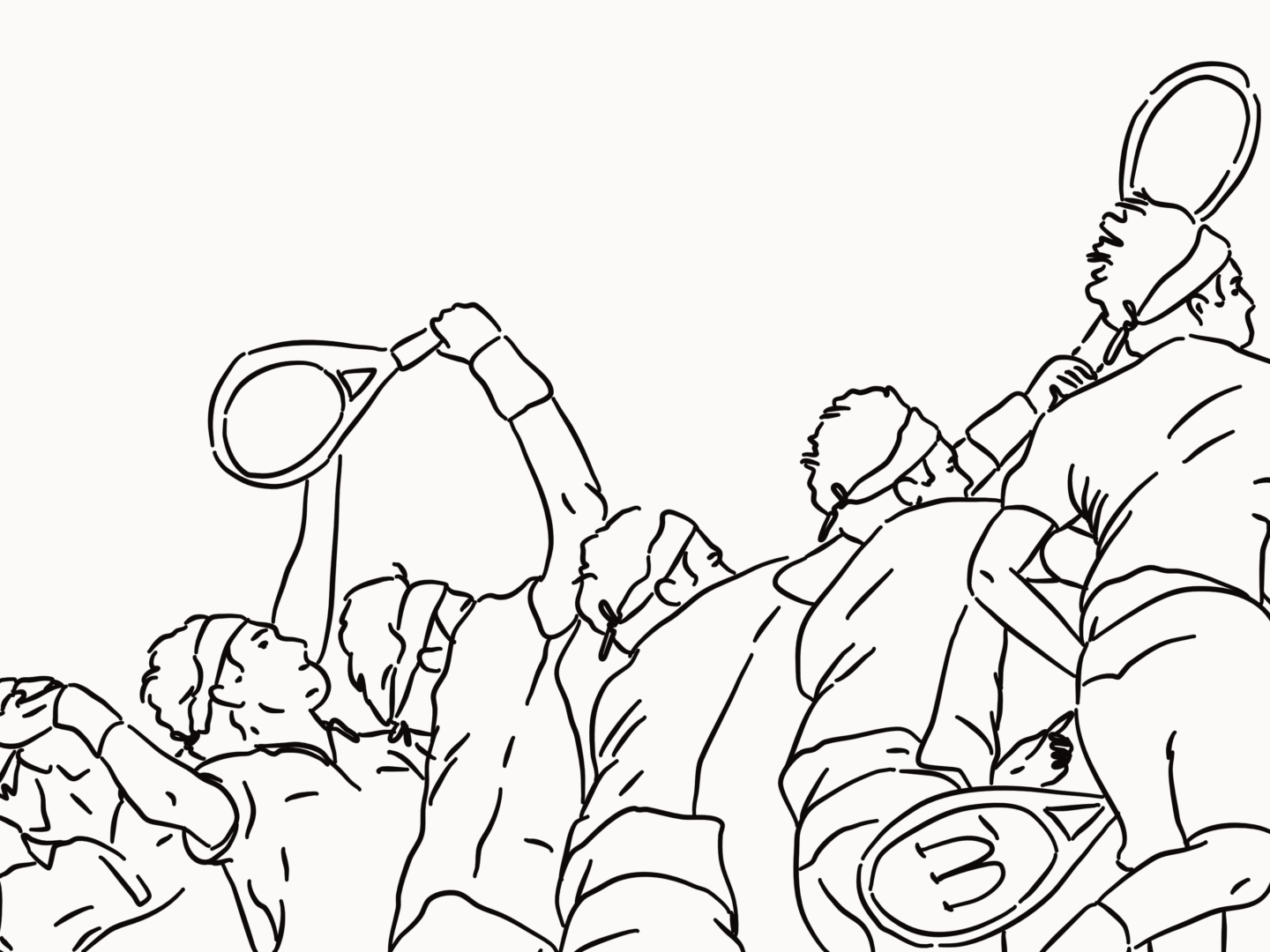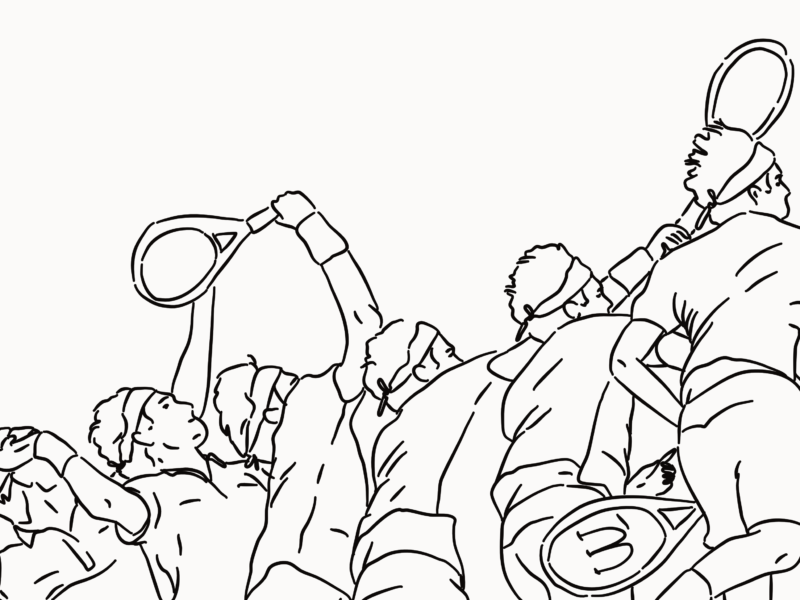We’ve all heard the saying that you need to spend 10,000 hours on anything before you’re good at it right? But how do you structure those 10,000 hours?
In my quest to learn more, and to learn better, I’ve been reading up a lot on deliberate practice and thinking about how I can apply it to what I do. Because one of the best ways to learn and remember something is to teach someone else, I thought I’d share where I’ve got to with you all and get your feedback.

What is deliberate practice?
Deliberate practice is probably best known in the sporting world. Golfer, Ben Hogan is often credited with “inventing” the practice in the 1950s, when he became one of the greatest players of the 20th century (I know nothing about golf so I’m taking James Clear’s word for it). He earned that title through tireless deliberate practice rather than innate natural talent. He “methodically broke the game of golf down into chunks and figured out how he could master each section”
That’s essentially what deliberate practice is: breaking a skill down to its smallest constitute parts then mastering each piece individually, relying on incremental improvements, then bringing them all back together again.
How do you do it?
Deliberate practice isn’t rocket science. But it does have a few key requirements to actually be effective:
- Break down your skill into teeny tiny pieces, what is the smallest action within the skill?
- Show up and put the work in. As with everything, the work doesn’t work unless you do.
- Repetition alone isn’t enough. I’ve discussed before how repetition creates habits, which can be great for somethings, but mindlessly falling into a habit and reinforcing old behaviours is the enemy of deliberate (stress on the deliberate) practice. Keep asking yourself, what can I improve here?
- Create a feedback loop. The only way to see where and how you’re improving is to measure what you’re doing, that could be through static measures, comparisons, coaching, or a mixture. Just make sure you’re getting feedback on your performance and acting on it.
How do you apply it to art?
As I said, deliberate practice is best known in the world of sports. But it can be applied just as easily to the skills-based elements of art and design, because while “technical proficiency” certainly isn’t everything you want your hands to be able to make everything and anything you can see in your mind, right?
Benjamin Franklin, for example, used deliberate practice to develop his writing so that he could express his ideas in the most compelling way possible.
Personally, I want to use deliberate practice to improve the way I draw both digitally and traditionally. Currently, I’m planning on breaking my own practice down into line, composition, and then specific things that I draw most often, such as faces.
Have any of you tried deliberate practice (deliberately or not)? What are your best strategies for learning a new skill?



Oh wow, this was so interesting to read about? When learning a skill, like drawing or writing, I try to practice a lot but make sure to keep it fun and not plan it out so it feels like a chore, you know? If I can keep the passion alive and keep feeling motivated to do said things, I’ll surely get better as I keep practicing.
Keeping it fun is so important! You’ve got to keep wanting to do it!!